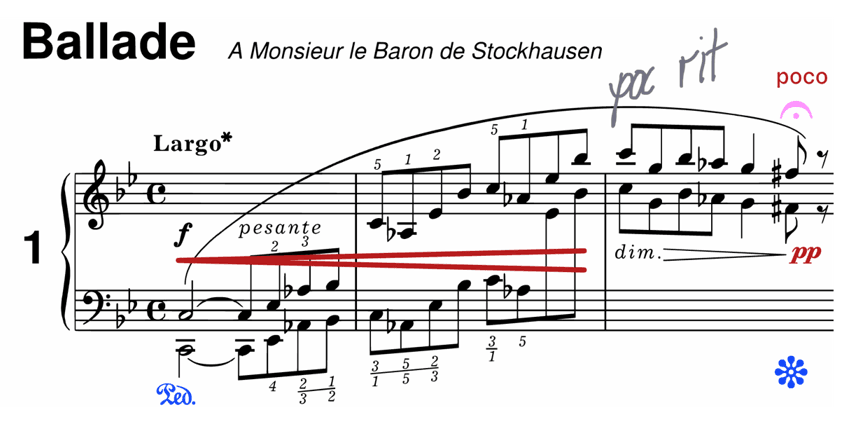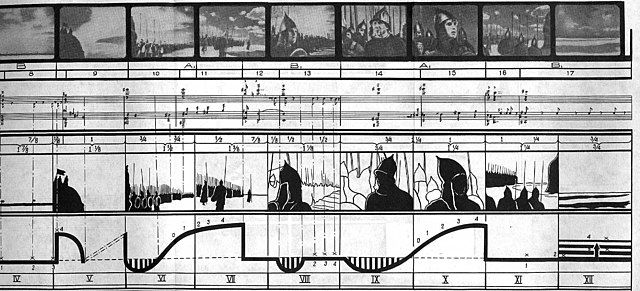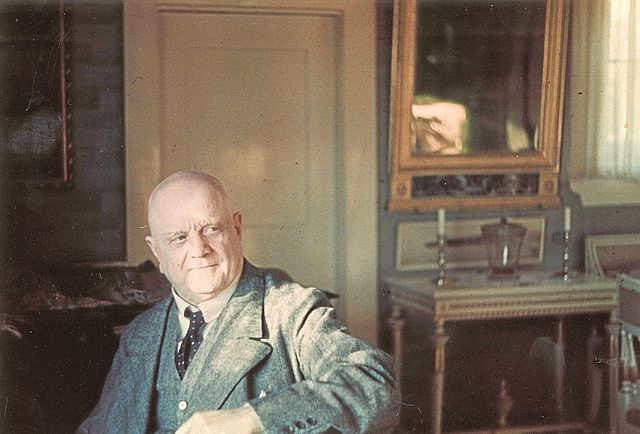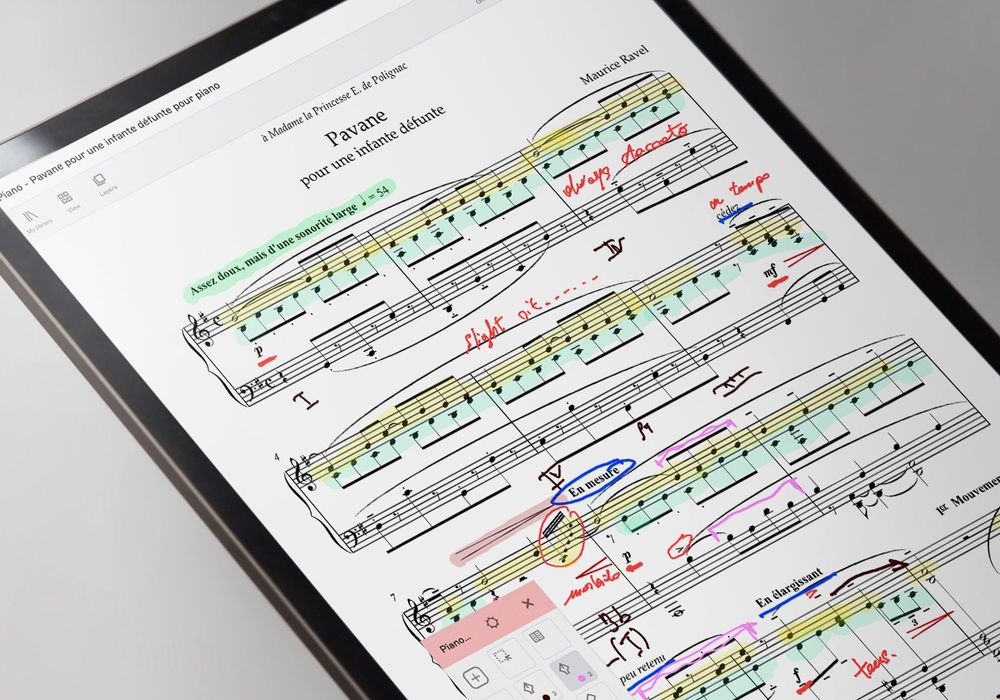Cataloguing
Whether digital or physical, when it comes to maintaining your library, an absolutely vital aspect of it concerns cataloguing. The biggest library in the world is no use to anyone if it’s impossible to find what you need among disorganised chaos.
Second to shushing noisy library-goers, systematically arranging stock is the librarian’s most notoriously enjoyable responsibility. Technically, however, that relates to the application of a system, which is the less complicated part. Developing that system is the real challenge.
This is because the best method of organising your items will invariably be a bespoke one, designed with the particular demands of your space, material and users in mind. But, whatever the exact nature of your system, it must be applied consistently and completely, and - crucially - it has to make sense to those looking for items in the catalogue.
Needless to say, this is easier said than done. Let’s say you choose to arrange your items alphabetically by the composer's last name. A good place to start, but what happens when there are multiple contributors to the same edition? Should you file under ‘Various artists’? Are they named or unnamed? Perhaps whoever’s edited or arranged the material should step in?
Let’s zoom in on just one composer’s material. Among it there’ll doubtless be scores as well as parts, each for a variety of forces, in a variety of physical sizes, in a variety of compositional forms, printed in a variety of languages. You might even have several editions of the same work. Quickly gets pretty complex, right?
There are so many parameters, and each will need to be taken into account. You’ll likely have to somehow break down the stock into sections. One might be devoted to didactic material - e.g. books of technical exercises - subdivided by instrument and then by author. Another might house opera vocal scores, the next popular music and jazz, and so on.
Cataloguing pertains not just to ordering, but also to tracking, recording and labelling - physically as well as digitally. If there will be a recorded component to your library then you’ll need to develop a system for that, too. This needs to also be applied consistently and completely, and it also needs to correspond somehow to your arranging system.
This is where ‘metadata’ comes in. A word that you may have heard knocked around, that sounds intimidating but isn’t. In this context it basically refers to the way you keep track of each item’s details: title, publisher, date, and so on.
This medata can be linked to and organised in a database, an inventory that will assist not only in arranging items but also in managing stock that may comprise thousands of titles.
If you have an account or an active free trial on nkoda, search for something and see how the catalogue team labels the app’s content. They employ a title-based system, arranging the items according to edition title. Also included is the subtitle, offering more information about the edition, as well as composer, instrumental forces, publisher and genre.
It’s a method that can be easily applied to every item in a massive and diverse catalogue, which enables users to locate and access what they’re searching for at their convenience.
There’s no right or wrong way to go about cataloguing. You just need to ensure that the system is clear and consistent, that it accommodates the full extent of the sheet music in the collection somehow (some caveats for troublesome items will be unavoidable), and that it’s decipherable for users.
Occurring hand-in-hand with acquisition, it’ll be one of the most critical aspects of your ongoing librarianship. Thankfully, the creation process will come to an end at some point, but sustaining, growing, adapting a library is a never-ending job.
But you don’t have to face it alone.













